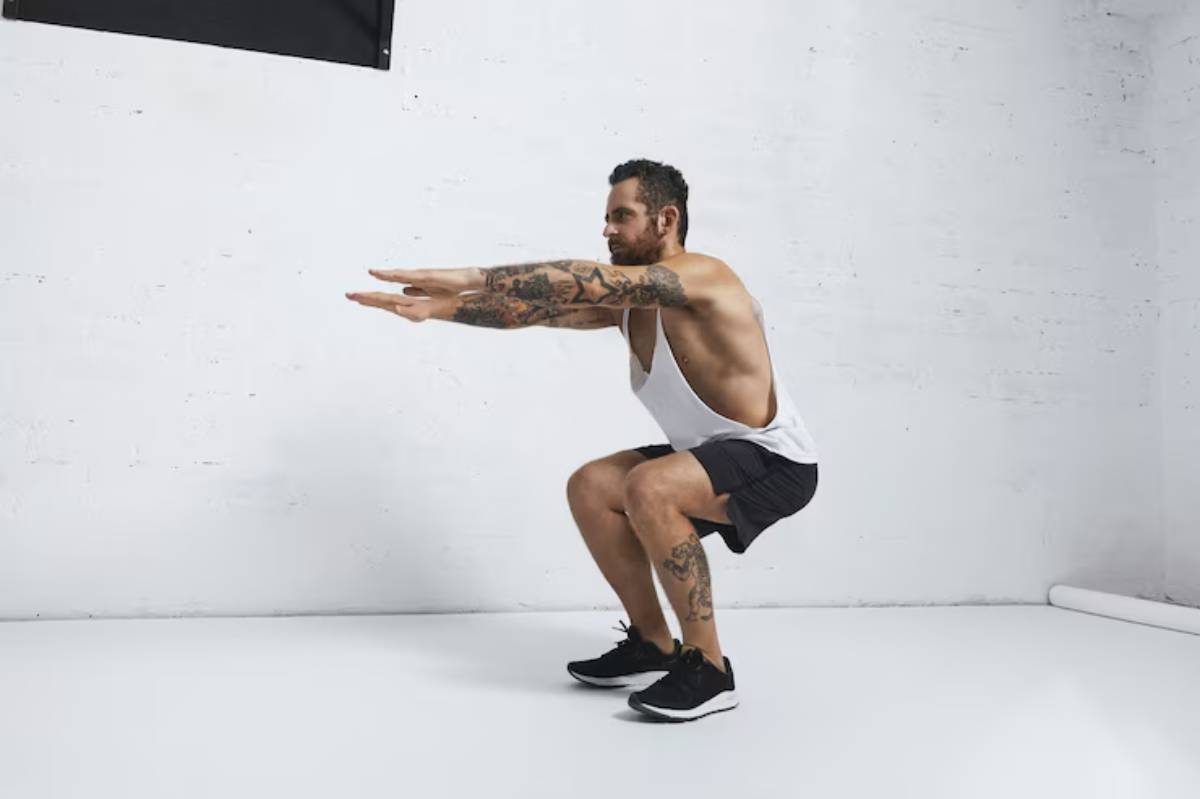
How to Plan an Effective Recovery Day
You don’t build muscle while lifting—you build it while resting. Yet many fitness enthusiasts skip over recovery days, treating them like wasted time. But done right, recovery isn’t passive—it’s powerful.
Picture this: You’re halfway through an intense training week. Your legs feel like lead, your focus is slipping, and even stretching feels like a chore. Sound familiar? That’s your body calling for structured rest, not laziness, not a cheat day, but a strategic recovery day that restores your body and primes it to perform even better tomorrow.
This guide is here to show you how to do exactly that — using evidence-backed strategies, expert insights, and real-life structure. Whether you’re a seasoned athlete, a weekend warrior, or someone juggling gym time around work, this full rest routine will teach you to bounce back stronger and smarter.
What Is a Recovery Day — And Why It’s Crucial
A recovery day is a planned break from intense training, designed to let your muscles repair, your nervous system recalibrate, and your energy stores replenish. It’s not just about physical rest — it’s about strategic regeneration.
The science of rest and repair
When you train hard, you create micro-tears in muscle fibres and stress your central nervous system.
With proper rest:
- Your body repairs damaged tissue
- Hormonal balance resets
- Inflammation decreases
- Muscles grow stronger
Skipping rest delays all of the above, leading to overtraining, burnout, and even injury.
According to the National Strength and Conditioning Association, structured recovery can improve athletic performance by up to 20% simply by ensuring that fatigue doesn’t outpace adaptation.
Quick Guide: Building a Recovery Day Structure
- Sleep in or nap if needed — allow for deeper rest and repair
- Hydrate and fuel strategically — focus on nutrient-dense, anti-inflammatory foods
- Move gently — think walking, stretching, or mobility flows
- Roll it out — use self-myofascial release for sore or tight areas
- Do something restful — journaling, reading, or time outdoors
- Avoid screens and stimulants late in the day
- Plan your next workout — review your programme and adjust if needed
Step-by-Step: How to Plan Your Full Rest Routine

1. Prioritise Deep, Uninterrupted Sleep
Sleep is the most powerful recovery tool. Aim for 7–9 hours, and consider a 20-minute nap if you’re dragging during the day.
Pro Tip: Keep your bedroom cool, dark, and screen-free to encourage melatonin production and deeper rest.
2. Start the Day With Gentle Movement
Instead of collapsing on the couch, get your blood flowing with low-intensity movement:
- A 20-minute walk
- A slow yoga session
- A full-body mobility flow
This helps:
- Move the lymphatic fluid
- Reduce stiffness
- Maintain neuromuscular coordination
You could integrate this with light foam rolling, but avoid deep tissue work first thing. For timing tips, see when to foam roll for optimal release.
3. Focus on Anti-Inflammatory Nutrition
Your meals on a recovery day matter.
Support healing with:
- Omega-3-rich foods (salmon, chia seeds)
- Colourful vegetables and fruits
- Clean protein (chicken, lentils, eggs)
- Hydration boosters (electrolyte water, herbal teas)
Important: Don’t under-eat. Your body is still rebuilding, even if you’re not sweating buckets.
4. Address Soreness with Self-Myofascial Release
Foam rolling or using massage balls can help release muscle tension and aid lymphatic drainage.
Target areas:
- Quads and calves (for runners and lifters)
- Upper back and traps (especially after posture-heavy days)
- Glutes and hips (for desk workers and cyclists)
Rolling also encourages mindfulness, especially if paired with breathwork. Explore specific self-myofascial release techniques tailored to your routine.
5. Protect Your Energy and Focus
Recovery isn’t just about muscles — it’s about your nervous system.
Consider:
- Avoiding caffeine after noon
- Blocking time away from emails and screens
- Reading, listening to music, or spending time in nature
Warning: Using recovery days to “catch up” on chores or high-stress errands completely defeats the purpose. Make space to mentally reset.
6. Check In With Your Body and Goals
Use this downtime to journal or reassess your plan:
- How does your body feel?
- Are you making progress in your training goals?
- Are you sleeping well, eating enough, and recovering fully?
Pro Tip: Use a simple 1–10 scale to rate energy, mood, soreness, and motivation. Over time, patterns emerge.
Best Practices for Smarter Recovery Days
Follow the 80/20 Rule
Let 80% of your day be restorative. It’s okay if you want to tidy up, run a light errand, or get outside. Just don’t let that become the dominant energy of the day.
Create Rituals You Look Forward To
Light a candle, make a smoothie bowl, and watch the sunset. When recovery becomes something you enjoy—not just something you “should” do—it sticks.
Listen to Your Nervous System
If you’re still wired and twitchy at bedtime, your recovery plan needs more parasympathetic support, such as slow breathing, meditation, or quiet time.
Important: A recovery day is not a “cheat day.” While you’re not training hard, your nutritional choices should still serve your goals.
Warning: Don’t schedule your hardest training session the day after a recovery day if you’re not sleeping or fuelling well — recovery builds capacity, but not if it’s undermined.
Pro Tip: Schedule your recovery day in advance, not reactively. This will turn it into a strategic performance tool, not damage control.
Real-Life Scenario: Anna’s Weekend Recovery Ritual
Anna is a 35-year-old runner training for her first half-marathon. Sundays are her recovery days.
Here’s how she’s structured it:
- Morning: 8 AM walk with her dog
- Breakfast: Protein oats with berries and flax
- Mid-morning: 15-minute foam rolling + hip mobility
- Afternoon: Grocery shopping and light meal prep
- Evening: Epsom salt bath + reading in bed
Her sleep improved. Her legs stopped cramping midweek. And she no longer dreads Monday tempo runs.
That’s the power of an intentional recovery routine.

FAQs
What counts as active recovery on a rest day?
Active recovery includes light activities like walking, yoga, mobility drills, or swimming — anything low-intensity that promotes circulation without stressing your system.
Can I train a different muscle group on my “recovery” day?
Yes, if your body is fully recovered and your programme accounts for it. But make sure you’re not using “split training” as a reason to avoid rest entirely.
Should I still stretch on my recovery day?
Absolutely. Gentle stretching supports circulation, flexibility, and body awareness. Pair it with breathwork for added benefit.
How do I know if I’m recovering enough?
Look at your energy, sleep, mood, and soreness. If you’re constantly tired or plateauing, you may need to adjust training volume or rest more frequently.
Is a rest day the same as a recovery day?
Not always. A rest day means no training. A recovery day includes activities that support healing and performance, such as nutrition, mobility, and relaxation rituals.
The Smarter Way to Recharge and Rebuild
Your fitness doesn’t improve in the gym alone. It’s refined during the hours you rest, recover, and reflect.
Learning how to structure a recovery day — not just wing it — is one of the most overlooked skills in athletic performance. It’s what keeps you consistent, energised, and injury-free.
By planning intentional full rest routines, you give your body the tools it needs to perform and progress. So whether you’re chasing a PB or just want to feel better every week, start here. Plan your next recovery day like it matters—because it does.
Ready to make your next rest day your most powerful training tool? Start planning it now — your future self will thank you.


